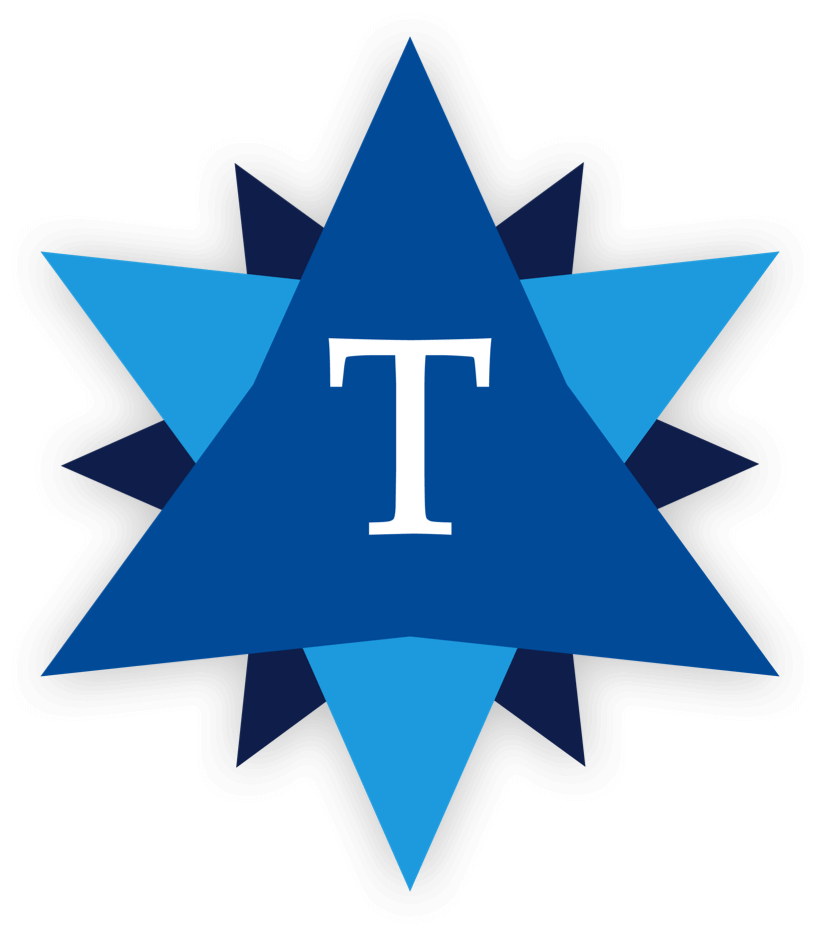What Drives a University to Establish a Research Technology Organization?
Guest Author

Over the past decade, Arizona State University’s research expenditures have grown by over a half-billion dollars, while operations expenditures have increased by less than 10%. A move toward automation and specialized research-first services is largely credited for this growth occurring despite relatively minor increase in administrative spending.
ASU’s Research Technology Office (RTO), founded 10 years ago, employs over 60 staff members across more than a dozen service areas. These teams complete over 100 projects per year for the administration and faculty and, in doing so, have earned a 99.8% customer satisfaction rating. This customer-first, metric-driven office operates within the only ISO 9001 quality-management-certified research operations organization in the United States.
Challenges that Call for Change
A contemporary research enterprise requires focused attention. A university’s central technology office is often primarily oriented toward its mission-critical enterprise, academics. This support typically involves stable, scalable technologies and commodity service offerings, such as classroom support and basic storage. The first challenge is for research technology projects to be recognized as a top priority and receive sustained attention when competing against academic and other interests. An IT office oriented toward research is able to slot these interests at number one and keep pace.
Initially we would engage central service providers for project support. It was often difficult to gain significant priority, with so many important academic interests competing for attention. We found ourselves repeatedly communicating the different nature of our world—its nuances, tempo, and progressive needs—to outside counterparts. Developing our own capacity for this work allowed us to spend less time negotiating for resources and explaining our enterprise, and more time looking forward and executing.
Consider a few of the challenges our scientists face. These are brilliant people, talented explorers who are expanding the intellectual horizon of humanity, so sometimes we assume they understand technology by virtue of their other gifts. We face at least two challenges here: A scientist is not necessarily a technologist, and the technology needed to drive scientific discovery is sometimes as emergent as the science involved. Scientists are left to self-prescribe and present their technological needs, rather than the institution providing experts who are able to identify where technology might enhance the scientific research being done.
Whether providing streamlined administrative systems or offering face-to-face support to a faculty member interested in leveraging high-performance computing for the first time, a dedicated research technology office has the ability to increase its institution’s capacity for discovery by returning time to those conducting research and directly enabling their work. This is the reason I left the genomics center I worked in originally at ASU and joined the administration. I stepped out, primarily, to address the pain-causing and limiting assumption that a scientist is a technologist.
To remain competitive, reduce burden, and scale efficiently, research administration offices increasingly pursue automation. Campuses have teams that support critical business systems, such as those used by human resources, enrollment, and finance. Enterprise research administration, however, is appreciably different. Its systems represent an institution’s current interpretation of ever-shifting regulations, initiatives, and other often fluid requirements. These systems must be adapted quickly and with complete knowledge of how research projects are pursued and governed. Enterprise Research Administration (ERA) systems are critical to the success of a modern university- or hospital-based research enterprise and, due to complex nuance elements such as control regulations, represent an unusual challenge for non-specialized enterprise systems teams.
Our dedicated project managers, business analysts, quality control personnel, and engineering resources have developed a data- and process-integrated suite of enterprise administration solutions that has been credited with significant outcomes, including a 20% increase in proposal volume following the release of our enterprise proposal development and submission system.
Over the last several years, the U.S. has witnessed a rise in data protection requirements among sponsored project agreements. Secure frameworks, such as NIST and FISMA, are turning up in contracts across a wide variety of sponsors, representing an additional technology challenge that is largely research-specific. Determining which frameworks can be supported at your institution by qualifying various groups and campus locations and assuring rules are followed throughout the life of an award is a heavy lift that often involves decentralized pieces, such as unit- or project-specific support personnel and other resources.
We began reviewing contracts a few years ago at the request of our contracts team. They were becoming uncomfortable with interpreting new language involving technology. We found that scientists, negotiators, and others involved were faced with this new trend. Our involvement exposed gaps in understanding, available infrastructure, and essential support. At ASU we consider the sponsor an equal customer. Out of respect for their needs, we knew it was time to increase the university’s ability to fully satisfy these requirements transparently and consistently.
Not everything that research calls for is unlike the needs of other local customers. While the research enterprise, from a technology perspective, presents worthy differences, commodity services are also essential. A research enterprise that lacks technological representation faces the challenging task of lobbying for commodity service variations that allow researchers and their supporters to leverage centrally supported solutions. The research technology office can also guide the flow of subsidies from the research office to drive down service costs.
The university’s options for shared drives/folders that classrooms and departments find amenable was out of sync with the needs of our research groups. Generally, the cost was too high, and the service called for investment based on an annual schedule. There was no option to prorate where a sponsored project—which rarely follow a regular 12-month schedule—may also be looking to invest at a single point in time and at scale. We were able to work with the service team to establish a research-viable set of service options.
Federal sponsors are calling for open access and data re-use. Where data re-use occurs, there is an efficient scientific outcome, as both the data-generation and post-processing phases have been skipped. Achieving an open data environment that supports re-use is a challenge that is part policy, part culture, and part systems and requires total partnership and advocacy across the research technology office, central IT, and the library. All indications are that the institutions and regions that pull this off will see their volume of scientific outcomes rise quickly and significantly.
This is an area of opportunity that we are intensely focused on with our local partners: the library, academic units, and central IT. If an institution has not organized formally in support of providing research technology services, emerging grand challenges—which call for unified efforts—may prove difficult to approach.
Conclusion Over the past decade these and other challenges have emerged and become rooted in our increasingly complex research enterprises. The call for technology among science and administration continues to gain volume. Technology now serves a dual purpose as both an undeniable means of maintaining a research institution’s position and its mechanism for catalyzing growth.
The views and opinions expressed in this article are those of the author and do not necessarily reflect the official policy or position of The Tambellini Group. To express your views in this forum, please contact Hilary Billingslea, Director, Marketing Communications & Operations, The Tambellini Group.
©Copyright 2019, The Tambellini Group. All Rights Reserved.
Categories
Share Article:

Other Posts From this Author:
The views and opinions expressed in this article are those of the author and do not necessarily reflect the official policy or position of the Tambellini Group. To become a Top of Mind guest author, please contact us.
© Copyright 2025, The Tambellini Group. All Rights Reserved.